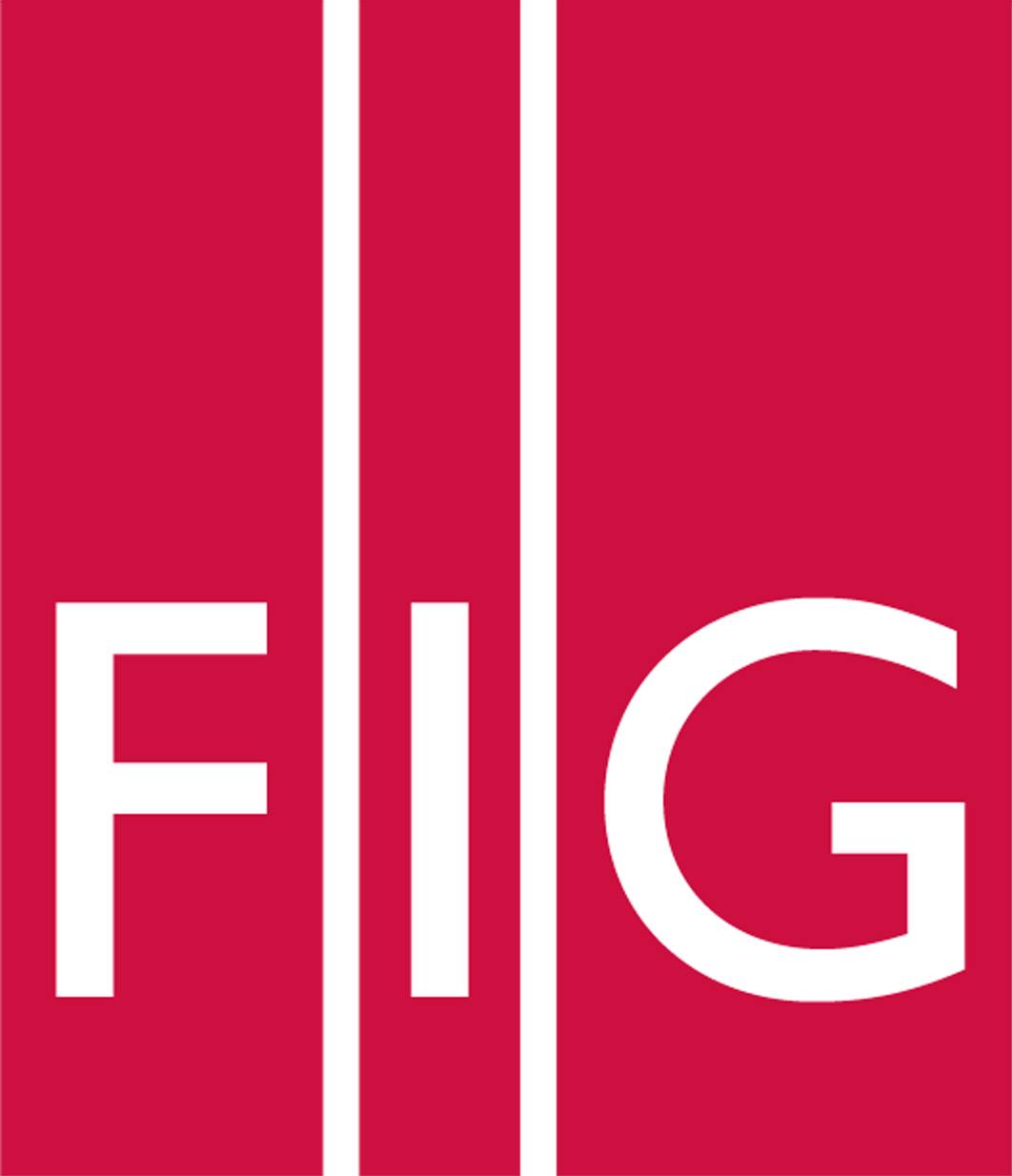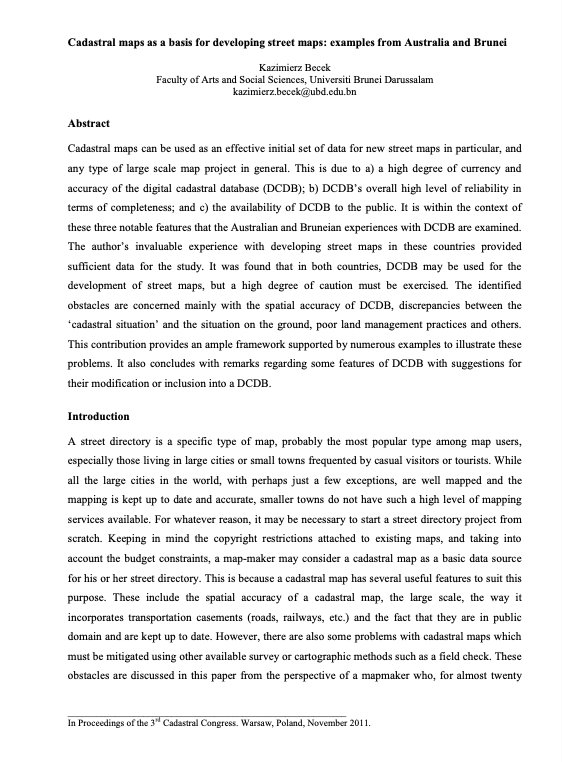Focal point
Location
FIG is the premier international organization representing the interests of surveyors worldwide. It is a federation of the national member associations and covers the whole range of professional fields within the global surveying community. It provides an international forum for discussion and development aiming to promote professional practice and standards.
FIG was founded in 1878 in Paris and was known as the Fédération Internationale des Géomètres. This has become anglicized to the International Federation of Surveyors. It is a UN-recognized non-government organization (NGO), representing more than 120 countries throughout the world, and its aim is to ensure that the disciplines of surveying and all who practise them meet the needs of the markets and communities that they serve.
The FIG vision
A modern and sustainable surveying profession in support of society, environment and economy by providing innovative, reliable and best practice solutions to our rapidly changing and complex world, acting with integrity and confidence about the usefulness of surveying, and translating these words into action.
The role of FIG
FIG’s activities are governed by a work plan, which is approved by the General Assembly and reviewed by Council as its tenure progresses. The current work plan with the motto “Ensuring the Rapid Response to Change Ensuring the Surveyor of Tomorrow” guides Council, Commissions, Networks and Task Force in their activities.
FIG supports the role of a prosperous and sustainable profession of surveyors to provide solution functionality, reliably, affordably for a complex and rapidly changing world that cannot wait, and to translate a sustainable development agenda into action. FIG supports international collaboration among its members for the progress of surveying in all its fields and applications. FIG has a close cooperation with United Nations relevant bodies, World Bank, and its sister associations and has been globally recognized as the leading international non-governmental organization on geospatial information and the management of “land”, the “sea” and the “built” environment. It is within the surveyors’ task to determine the size and shape of the earth, to map its surface and to manage it in a sustainable way.
Resources
Displaying 31 - 35 of 49The final steps towards an international standard for land administration
The Land Administration Domain Model (LADM) moved forward to the FDIS stage (FDIS = Final Draft International Standard): ISO FDIS 19152. This is the last stage before becoming an International Standard (expected in July 2012), after a four year standards development process within ISO/TC211 (Geographic Information) and six years of preparation within the FIG, while the original idea for such a standard was launched at the 2002 FIG congress in Washington D.C. This paper presents an overview of the last (sometimes minor) modifications from DIS to FDIS.
Emerging in a Changing Climate – Sustainable Land Use Management in Rwanda
Durban COP17 December 2011 (UNFCCC 2011). The World held its breath for a global commitment to reducing greenhouse gas emissions in a bid to steady human-induced climate change. During the proceedings, one unique country, Rwanda, set fourth its ambitious national strategy for charting a green growth and climate resilient future.
Evaluation of pro - poor land administration from an end-user perspective: A case-study from peri-urban Lusaka (Zambia)
Peri-urban areas in Africa are usually dynamic with respect to land tenure. Statutory, informal and customary tenure systems often co-exist and interfere with each other. This disclosure of legal pluralism often leads to lower levels of tenure security, especially for people with low incomes. Pro-poor land administration tools have been designed to cater for the poor. The question arises whether these tools have the desired impact. This question is answered by confronting the existing tenure regimes with the pro-poor land administration tools.
Cadastral maps as a basis for developing street maps: examples from Australia and Brunei
Cadastral maps can be used as an effective initial set of data for new street maps in particular, and any type of large scale map project in general. This is due to a) a high degree of currency and accuracy of the digital cadastral database (DCDB); b) DCDB’s overall high level of reliability in terms of completeness; and c) the availability of DCDB to the public. It is within the context of these three notable features that the Australian and Bruneian experiences with DCDB are examined.




